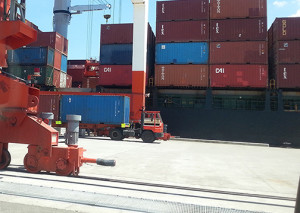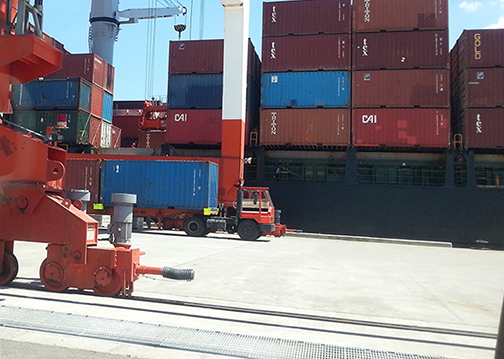 The Philippine Chamber of Commerce and Industry (PPCI) is reiterating its call for a mandatory cap on the capacity of the Manila ports and the shifting of cargoes from Manila to the Subic port to draw more investments to Northern Luzon and spur the region’s economic growth.
The Philippine Chamber of Commerce and Industry (PPCI) is reiterating its call for a mandatory cap on the capacity of the Manila ports and the shifting of cargoes from Manila to the Subic port to draw more investments to Northern Luzon and spur the region’s economic growth.
“Subic uses only 6 percent of its capacity because cargoes do not go there. It’s time for the Philippine Ports Authority to look seriously at recommendations for a mandatory cap,” PCCI president Alfredo Yao said in a recent statement.
“The port in Manila is now at about 120 percent and have long overstretched its capacity,” Yao added, while noting that trucking costs have now shot up to about P50,000 per trip from P18,000 per trip in the first quarter.
He underscored anew the need to fully utilize the Subic port after a meeting in July with the presidents and delegates of PCCI member-chambers in Northern Luzon during the Northern Luzon Business Conference in Baguio City.
The business leaders from the north told Yao that redirecting cargo traffic to Subic will benefit not only business communities in their region but also port users in Northern Luzon, according to PCCI.
PCCI said the shift will “remove uncertainties about the reliability of port users as part of the production and distribution links of global supply chains.”
“Efficient movement unleashes a lot of business projects in provinces,” Yao said, adding that the chambers are confident that the mandatory cap will ensure sustainable growth in the earnings of port users.
Luzon, excluding Metro Manila, accounts for about 20% of the country’s gross domestic product.
Member-chambers that recommended putting a limit on container traffic at Manila’s congested ports in favor of Subic port are the Metro Angeles Chamber of Commerce and Industries, Clark Investors and Locators Association, and Export Processing Zone Chamber of Exporters and Manufacturers.
Putting a cap on the capacity of Manila ports was tackled in PCCI’s policy paper issued last month, which identified short, medium- and long-term solutions to the port congestion problem.





